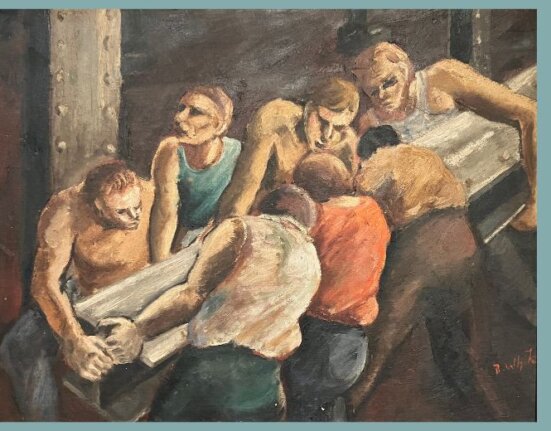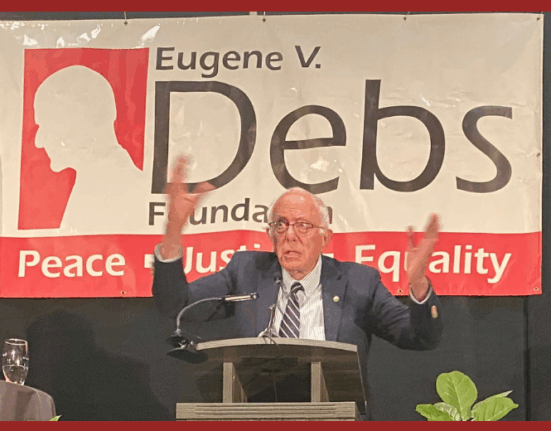The New York conference in June marked an important threshold for LAWCHA. The programmatic diversity and stimulus to membership the conference created invites some rethinking of LAWCHA’s identity as an organization and future directions. Thanks to extraordinary efforts of the conference program committee, in particular Manny Ness, Ryan Poe, Chris Michael, and Kim Phillips, the conference was larger, more visible, and more inclusive of labor and community activists than any event we have held. For some time now-—in part through greater visibility on the web-—we have seen significant numbers of non-academics joining the organization, with a wide range of interests and an eagerness to be connected to a diverse community of labor historians and activists.
The program committee fashioned a conference with more than 100 panels, roundtables, workshops, plenaries and film showings that included well over 500 participants, and a strong contingent of 46 international scholars from 13 countries: Australia, New Zealand, Mexico, Costa Rica, the UK, France, Canada, Northern Ireland, Italy, Sweden, Trinidad & Tobago, Brazil, Denmark, and Austria. The program also attracted the participation of large numbers of activists and trade unionists connected with new struggles and new forms of organizing. A dramatic surge in membership (now well above 600 and larger than ever previously) has created new challenges and new opportunities. The challenges include, 1) retaining, beyond the current year, the more than 200 new members who joined in conjunction with their conference registration; 2) finding ways to make the organization more relevant to the increasing share of our members who are not academics and whose interest in LAWCHA stems in part at least from a desire to make labor history relevant to their work as labor and community activists, teachers, and organizers.
The opportunities of this recent growth may be obvious, on one hand. New members bring wide-ranging interests and involvement. Those interests may produce, at least initially, a willingness to commit time and energy to the work of the organization. On the other hand, those “opportunities” could easily be squandered if we do not offer members more than we have in the past. Realizing these opportunities may, then, require us to rethink at least some aspects of our structure and program and pose new questions that we as an organization must address. With expanded membership, how do we retain and build a larger, more stable, permanent base of members? How do we enlist new (and old) members more actively in our work? How do we sustain this greater engagement with community and trade union activists in the coming months and years?
We have deliberately positioned ourselves as a national organization to embrace a labor history that is relevant to new organizing and new directions in the labor movement locally, nationally and transnationally. How do we translate that into new, relevant programming? We are clearly no longer just an organization of scholars (if we ever were).
As the organization has grown, some of us have perceived an opportunity to rethink the direction of the organization. The LAWCHA board embarked on this discussion at its meeting in New York. It would be possible, in the current circumstances, to imagine both maintaining our identity as a national organization—with the current complement of our academically-oriented programs and building a new, decentralized structure for programmatic activity at local and state levels. Such a structure, at least in theory, would provide new points of access and involvement for members, many of whom are already active in their own communities. It would be through local networking that the intersection of labor history and current labor/community activism might most fruitfully be nurtured.
Let’s try to imagine what this might look like. If we could facilitate the formation of networks of current and prospective LAWCHA members on a state or local level, these networks could provide the kind of information sharing and opportunities for self-organization around issues of concern or engagement with local and regional labor history that would build on peoples’ shared local experience.
This engagement could take a variety of forms depending on local interests and ongoing efforts of allied organizations. These might include such things as:
- mounting a campaign to get labor history taught in the schools through legislative mandate (as has happened in Wisconsin and some other states);
- raising awareness and fostering preservation of historic sites critical to labor history in an area (Ludlow or the recent 1877 marker in Baltimore and other campaigns come to mind);
- facilitating access to labor history curriculum materials for public school teachers in specific districts or through statewide teachers’ organizations;
- creating a speakers’ bureau of historians and other labor scholars willing to speak at local union meetings or other labor gatherings;
- holding one-day conferences around events or anniversaries of great local or regional significance;
- helping to facilitate well-conducted oral history projects or the collection of other historical materials vital to telling labor’s story;
- mobilizing academics, teachers and students to support strikes or other local struggles in which working people have a strong interest.
One can imagine a limitless set of possibilities. Such activity would not, of course, be limited to LAWCHA members and in many cases is already underway. LAWCHA members might form the core of new efforts that they chose to undertake or an important network of support for already ongoing efforts. The LAWCHA connection might also provide access to the resources of a national organization or to other state or local networks of LAWCHA members engaged in similar efforts. Our website could be configured to highlight state and local activism around specific areas of interest and enable new members to get connected to networks of members in their areas.
Clearly, if we were to decide to move in this direction as an organization, significant leadership from the board and the executive committee would be required, especially at the outset. What happened in the states or localities would ultimately depend on the kind of leadership that emerged from within the organization at those levels. I fully imagine that leadership coming in significant degree from labor and community activists as opposed to academics, though ideally it would be a point of engagement for both. Some regions or states might be inactive, except for a listserv used only occasionally. Others might have a very specific focus at any given time. Others, perhaps with larger concentrations of members or a core of more active members, might sustain multiple activities. As with any undertaking everything will ultimately depend on the level of commitment people are willing to make. Now, so much depends on the ebb and flow of academic historians’ multiple commitments, career interests, and academic schedules. The leavening influence from greater participation by non-academics could be healthy and even inspire academics to more sustained work for the organization. Ultimately the locus of our energy might shift to localities; self-standing national conferences, like that in New York or the coming conference with the Organization of American Historians in Atlanta (April 2014), would mobilize energy and inspiration nationally that could translate into even more effective programming locally.






